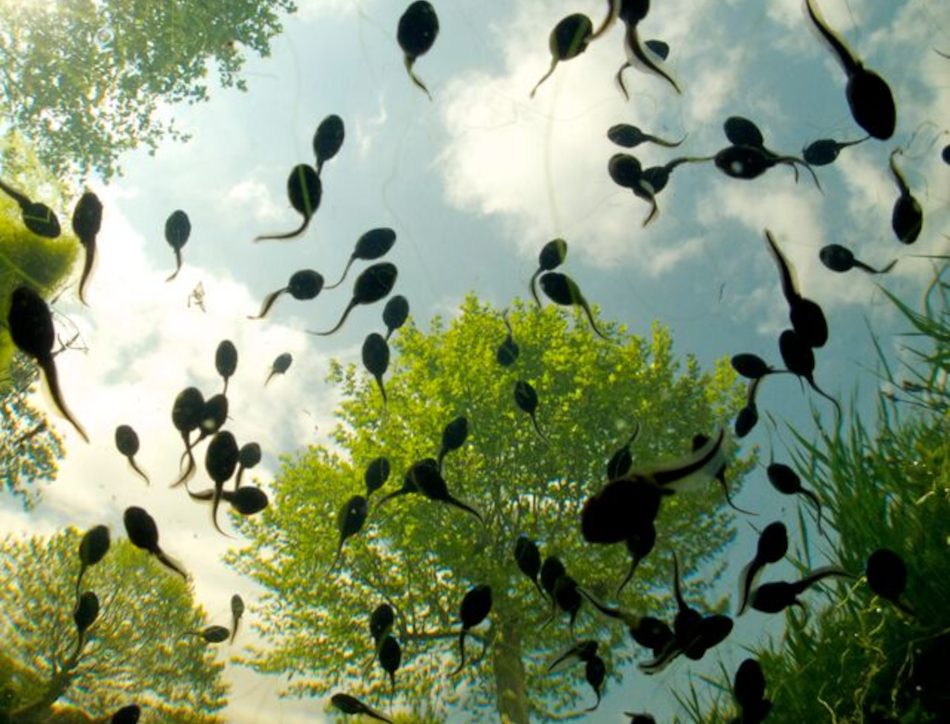As the deadline for our photography competition fast approaches, we asked the 2015 overall winner Bert Willaert for his say on what makes a winning photograph.

Whether you are a keen photographer but have never entered a competition before or are a seasoned pro with a portfolio of great photos already to your name, we hope these top five tips will inspire you to submit.
- Know your gear
It is important that you know the capacities and limitations of your camera and other gear and that you learn to work with these. You won’t take any award-winning images with the £7000 camera that is staring at you from behind a shop window but you might take them with the gear that is already inside your bag… - Know your subject
Besides knowing your equipment, knowing your subject is of major importance. If you understand the ecology and behaviour of your subjects it will help you to create more special images that tell something about nature instead of just representing a species. - Dare to do be different
There are general rules in photography (e.g. in composition) that are accepted to be “the norm”. Nobody says that you have to follow these though.
From time to time you can break these rules and try something else (composition, light, point of view and so on). Don’t be afraid to use your creativity! - Ask opinions
Show your pictures to people; friends, family, and other photographers, and ask for their opinion. Accept criticism and use it to improve your work. You don’t always have to follow what they say but sometimes it is interesting to hear different opinions than just your own. - Try again!
If you have a certain image in your head, continue to work on it until you have the result you want. If the lighting is not good, you will have to return earlier in the morning. If it is not entirely sharp, you will have to wait until the conditions are good to try again. It is relatively easy to take a good standard picture of a species – to take a nice photograph requires a lot more effort.
So what do you think of these suggestions? Do you have any different ideas on what makes a great picture? Discuss using the comments section below or better yet, put these into practice and send in your entries. The closing date is 1 June 2016.
And if you are in need of some more inspiration, please take a look back at last year’s winners and finalists on our flickr album for their perspectives on science and photography. With all these ideas we cannot wait to see what the class of 2016 have in store for the judges!
